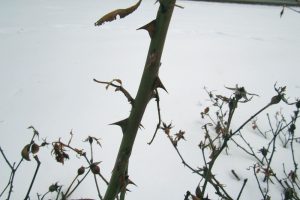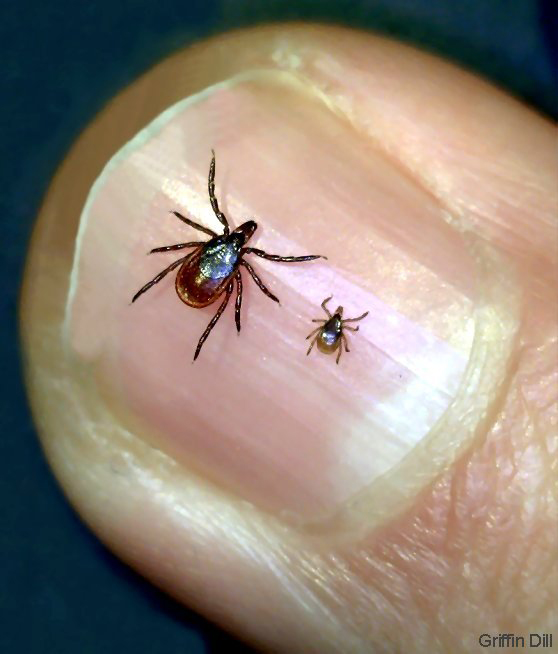A painful garden subject

As gardeners, we’ve all experienced the pain of working with plants that have “thorns,” such as roses, which make jobs like pruning especially difficult. Perhaps you have grabbed to pull at a tousle of weeds unprotected by garden gloves only to discover too late that deadly nightshade was in the mix. Ouch!
During these winter months, when stems are bare of leaves, parts of plants we might not typically notice become more evident. David Trinklein of the University of Missouri notes that the whitish-colored bark on the upper branches of the American sycamore tree is more visible during the winter when the trees are bare. The bark of other trees, such as fruit trees and even shrubs, becomes more prominent. This is also the time of year to get a better look at the prickly parts of woody plants.
Most of us refer to any sharp projection coming from a plant to be a thorn. However, the botanical classification of these projections differs depending on their origin and upon which plants they grow.
Our previously mentioned rose, for example, does not bear a true botanical thorn, but prickles. If you’ve ever had a rose prickle embedded in your finger, the botanical term prickle probably doesn’t seem strong enough.
Botanically speaking, a prickle grows from stem tissue and is an extension of its cortex and epidermis. Other plants bearing prickles include prickly ash and a plant known as devil’s walking stick or Aralia spinosa.
Thorns refer to a sharp-pointed structure that is actually a modified branch. They often grow from the main stem at leaf axils. Examples of plants with true thorns include firethorn (Pyracantha), hawthorn, and Japanese flowering quince.
The third and final type of botanical projection is called a spine. These sharp projections arise from a leaf, stipule, or leaf part. Honey locust trees bear spines which are often compound in their occurrence. Because the spines of the honey locust are so threatening, a spineless variety is used for landscape purposes. Barberry shrubs and black locust trees also bear spines.
You probably think of cacti when spiny, prickly plants come to mind. In the case of cacti, the entire leaf of the plant is transformed into a spine. This interesting and unique adaptation has a two-fold purpose: it reduces water loss in arid climates by restricting leaf surface area, and it also protects the succulent stem from animals in search of a food and water source.
If you enjoy decorating with holly during the holidays, holly plants actually bear spines around the margins of their leaves. They can be excruciatingly sharp, especially when the branch becomes dry after cutting.
As with spines on cacti, the purpose of all thorns, spines, and prickles is to protect plants from predators. You may want to keep your prickle, spine, and thorn-bearing plants away from easily accessible areas in your landscape. Still, they can be useful for aesthetic value and winter interest. They can even provide a barrier for spots in your yard which need protection.
While on your walks this winter, be on the lookout to see how many prickles, spines, and thorns you can find.






